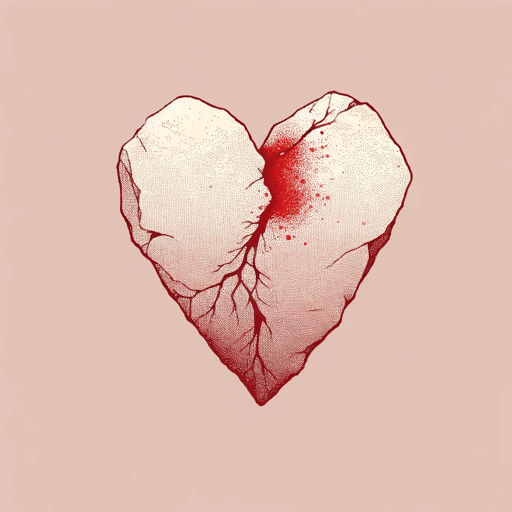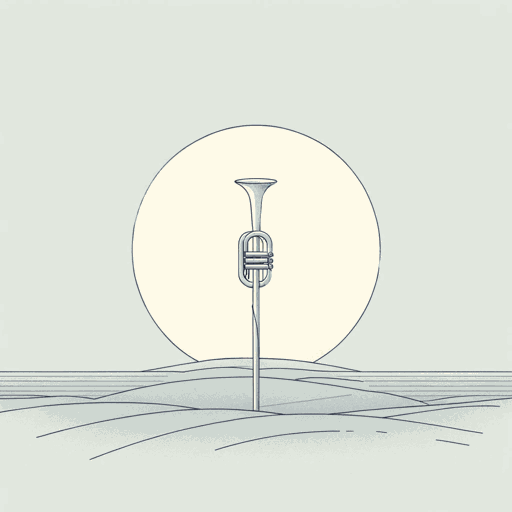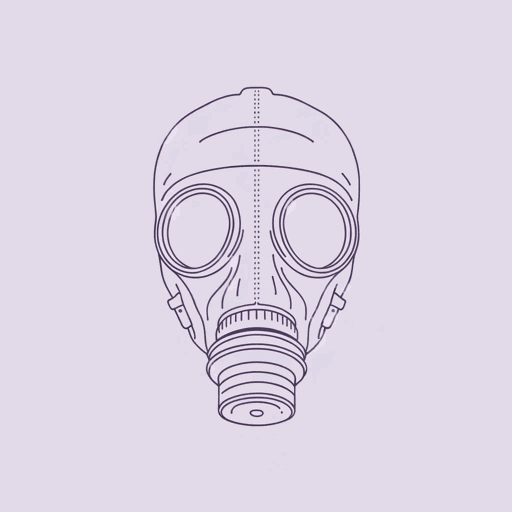16 pages • 32 minutes read
Wilfred OwenGreater Love
Fiction | Poem | Adult | Published in 1918A modern alternative to SparkNotes and CliffsNotes, SuperSummary offers high-quality Study Guides with detailed chapter summaries and analysis of major themes, characters, and more.
Symbols & Motifs
Violence
Violence is one of the most persistent motifs in “Greater Love”. Soldiers collapsing upon the ground create “stained stones” (Line 2) marked by their blood, while their eyes are “blinded” (Line 6) by presumably either a weapon or an attack of chemical weapons, such as mustard gas (see Contextual Analysis). Their limbs are “knife-skewed” (Line 8), leaving them “rolling and rolling” (Line 9) in the dirt from their injuries, their hearts are large and swollen “with shot” (Line 20), and in death and illness their faces and bodies are rendered “paler” (Line 22) than a beloved lady’s white hand. This persistent imagery of maimed bodies, suffering, and pain creates an atmosphere of unremitting anguish throughout the poem, as the speaker presents indiscriminate butchery as the defining feature of wartime experience.
Death
Coupled with the relentless violence in the poem is another motif, death, which the speaker acknowledges as the fate awaiting many of the soldiers he describes. Deceased soldiers appear in the second line of the poem—“the stained stones kissed by the English dead” (Line 2)—and set the tone for the rest of the stanzas, in which the speaker describes how brutally soldiers are mutilated and killed.
Related Titles
By Wilfred Owen
Featured Collections
Books that Feature the Theme of...
View Collection
British Literature
View Collection
European History
View Collection
Memorial Day Reads
View Collection
Military Reads
View Collection
Modernist Poetry
View Collection
Mortality & Death
View Collection
Sexual Harassment & Violence
View Collection
Short Poems
View Collection
The Lost Generation
View Collection
Truth & Lies
View Collection
Valentine's Day Reads: The Theme of Love
View Collection
War
View Collection



